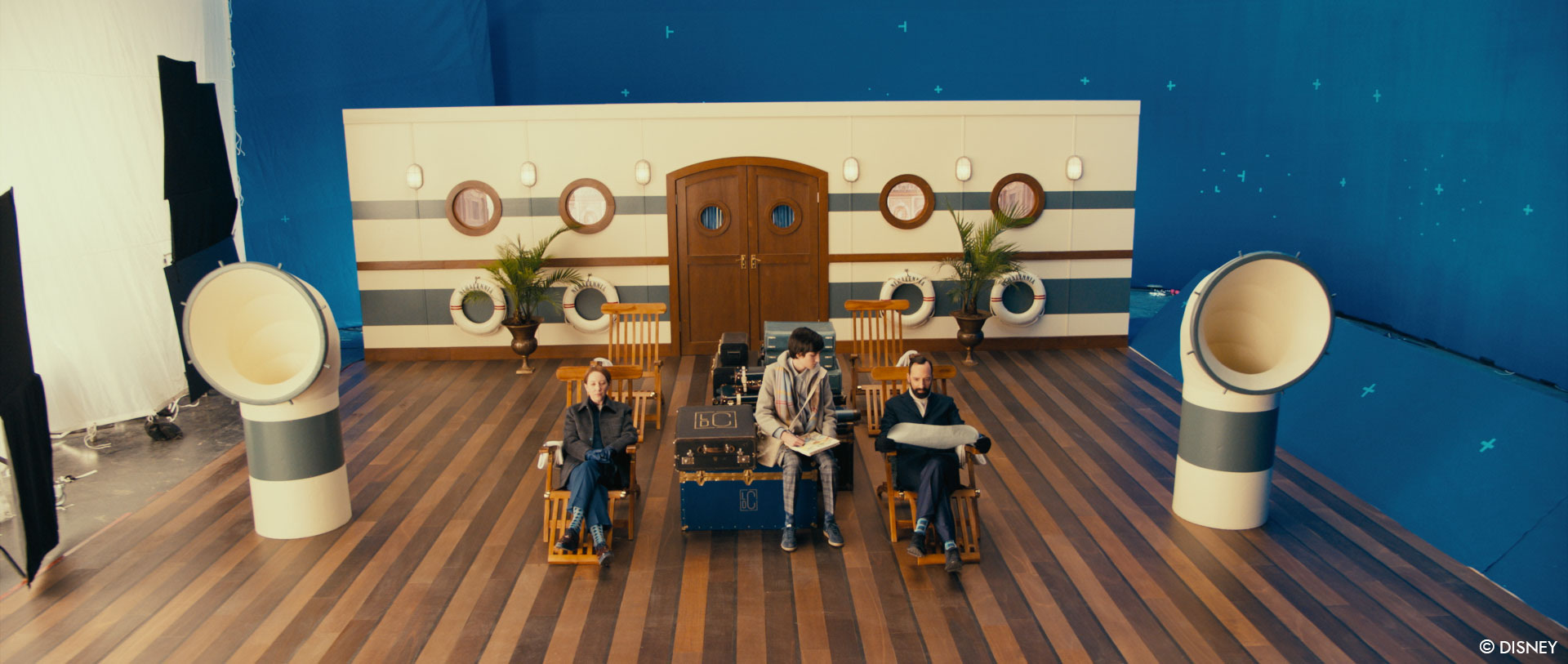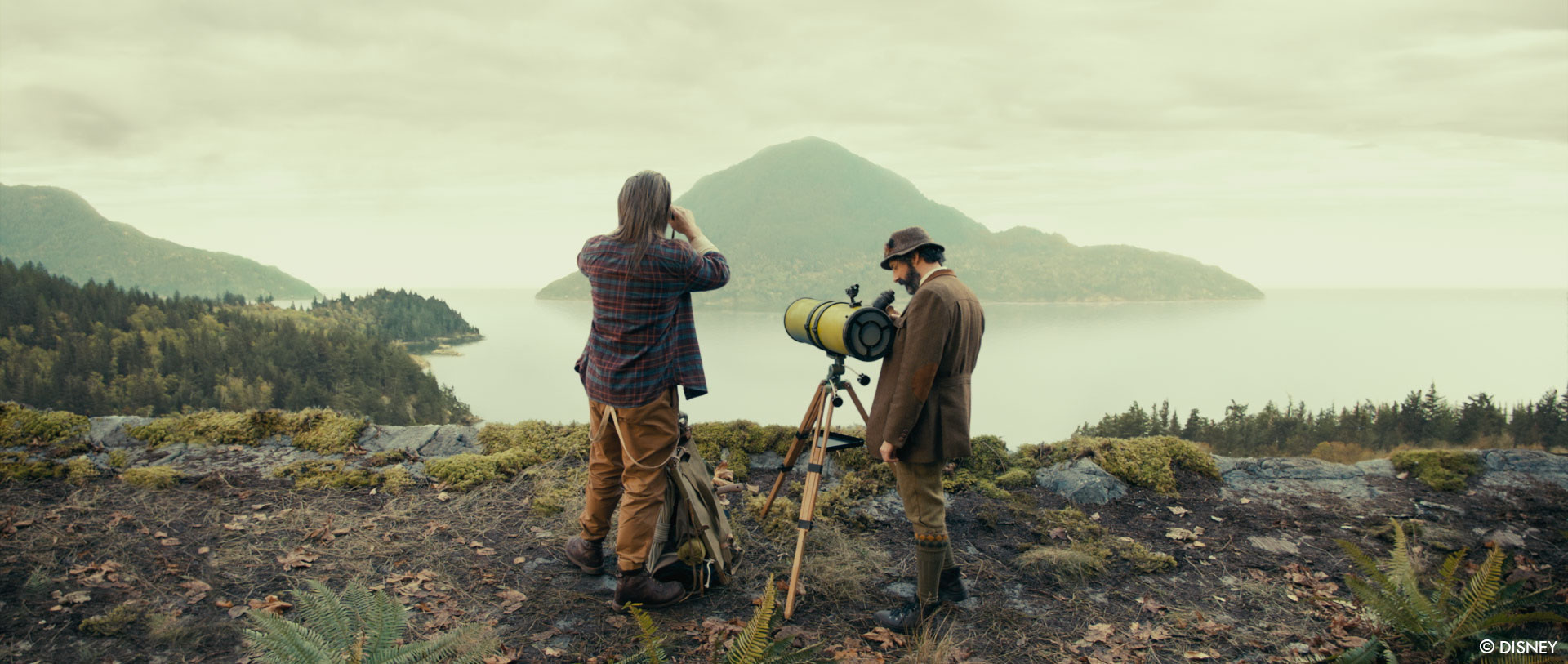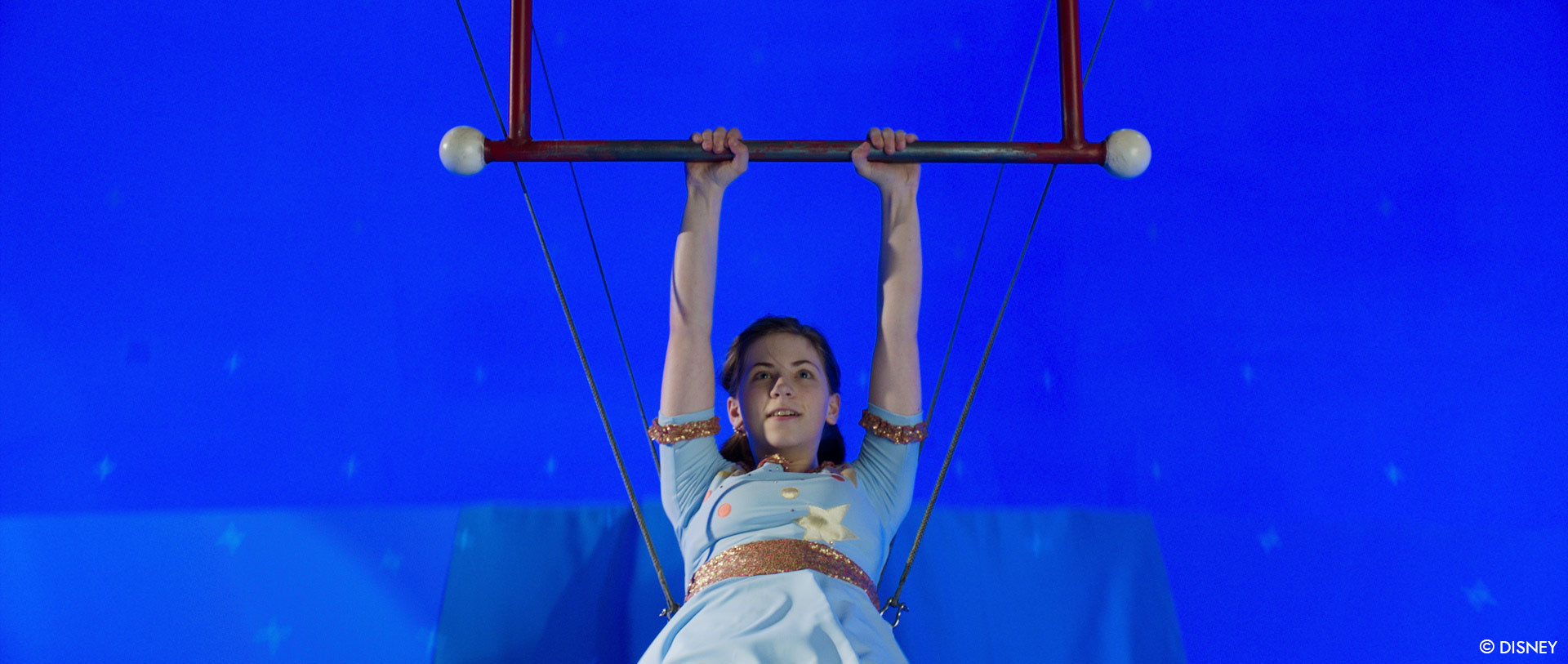Philippe Thibault has been working in visual effects for over 20 years. He is the co-founder of the studio FOLKS. He has worked on various shows such as 12 Monkeys, Arrival, Shadowhunters: The Mortal Instruments and Jupiter’s Lagacy.
What is your background?
I am the co-founder of FOLKS VFX and a senior VFX supervisor, and I started my career as a digital compositor. I have been working in the visual effects industry since the early 2000s in Vancouver. My current business partner and also FOLKS co-founder, Sebastien Bergeron introduced me to the VFX world and I never looked back. We are best friends and have been working together ever since. Before that, I was a professional golfer, that was a rich experience in travel and adventures but injuries put my career to a stop. VFX then came to the rescue, it was the best timing ever!
How did you get involved on this show?
I have a very long time relationship with the showrunners, Todd Slavkin and Darren Swimmer, we did 42 episodes of Shadowhunters together. They introduced me to Phil Hay and Matt Manfredi, the show creators and we are all connected really well. The four of them make a fantastic team. I feel very lucky to have been involved in this show.
How was the collaboration with the showrunners and the directors?
It was just awesome! Todd, Darren, Phil, and Matt are geniuses, it was an absolute blast to work on the show with them. Director James Bobin was also really fun and so smart, he really helped start the show in the right direction with episode 1. He always had really creative ideas about how to shoot the big shots and some great inspirations for Stonetown. All the Directors were really cool and did great work, but in a series as you know, the masters are the showrunners and the collaboration was just an absolute pleasure. They trusted me and my team and we did our very best to accomplish and realize their visions.


What was their approaches and expectations about the visual effects?
The main goals were to keep all our work grounded in reality, and very consistent with the style of the show and the beautiful sets from the production designer, Michael Wylie. Like I often say, if we did our job right, VFX should not be mentioned, it should just be part of the story. For all of us it was always so important to stay true to the story and make sure all work was done in a very collaborative way with the production and the DP, François Dagenais, who did stunning photography.
How did you organize the work with your VFX Producer?
All the VFX was done at FOLKS for the whole series. Since storytelling is our business, we strive to always deliver the highest standard in VFX within the budget constraints. That’s always a big challenge in a series where you need to create a whole new world and design a town from scratch. Marie-Pierre Boucher, one of FOLKS’ VFX producers, did a terrific job at managing that. Let’s not forget Marc Kahn, the best post producer in the business. Because of the way he manages the schedule and accommodates us, he is a very important reason the VFX looks so good in the show. Marc and Marie-Pierre did great work at juggling the budgets and the schedule, that made my life much easier, and as a result, I could focus on the creative side.


How did you work with the art department to design the town and the various locations?
Our collaboration with the art department was great. They developed a strong relationship with our on-set VFX supervisor, Jean Lapointe. The locations team also did a fantastic job on the show. Vancouver is not the richest town when it comes to “historic” locations and buildings that would feel like they are part of a timeless city like Stonetown. We designed our CG town based on an early concept from the art department, but very fast we realized the show runners wanted a much bigger and more complex town than originally imagined. We had to be really creative to be able to realize their vision and stay within budget.


What kind of references and influences did you receive for the environment work?
Early in the process, we received a look book from the art department. It was beautiful, the colour palette was great, very much influenced by the Wes Anderson style. We also created concept work at FOLKS based on photos I took during the location scouts, that ended up being a great guide during the shoot as well as a great reference to what we wanted to do in terms of CG build.


Can you explain in detail about the town creation and the other locations?
We start by creating a 2D map to design the street and the landscape before starting the asset work. When starting the assets, we had so many buildings to create that we decided to create modules by architectural type. Samuel Poirier, our asset supervisor, split the city by different neighbourhoods, regrouping around 20 to 30 buildings for each of them. All those blocks were then created in low res before going through our neighbourhood creator, a custom tool we created for the show. We also had a number of people, cars, boats, props and trees to fill out the city and make sure we could understand the scale of the geography.


How did you create the various shaders and textures?
Using words from our CG supervisor Gabriel Beauvais, our modules were named by material, and each architectural type has its own colour palette specially chosen to give the city a unique urbanisation. Each material has a procedural shader, using tiled texture mask and mathematics. So once a neighbourhood was generated in modelling, each building will end up with a colour and according material properties.
The environments are seen in various light conditions. How does that affect your work?
We knew right at the beginning that we were going to see the city in different light conditions and from various angles, it’s why we decided to create the city in 3D, so we had full control over the light. A few of the backgrounds end up being a mix between full 3D renders and matte paintings. The environment team did really good work.


Did you develop new tools for the environment?
We did. David Gagne in environment wrote a custom tool in Houdini that allows us to create a neighbourhood using our low-res blocking and the architectural module. After the first automatisation, some custom attributes allow us for an extra layer of details, such as number of windows per floor, roof drainage angle, corniche depth, clotheslines, etc.


How did you populate the town with crowds and vehicles?
Using scan rig people, we did some simple animation cycles using our mo-cap suit and then the crowd was scattered using Houdini by our FX artist. We created a bunch of vehicles, a tramway, which were simply animated by artists.
Which location was the most complicated to create and why?
The whole city and the surrounding area was the most complex, so many buildings, different styles of architecture and details added as explained before. We had 33 different districts in the city, each of them with unique architecture. The CG also had to incorporate real locations and buildings. It was a great challenge to put it all together but our CG team lead by Gabriel Beauvais did a terrific job, we are extremely pleased with the final result.
Which sequence or shot was the most challenging?
The opening shot of the first episode with Kate on the trapeze, followed by Sticky in the auditorium and finally the big fly in the city of Stonetown. It was challenging for the reasons mentioned earlier and also because we had to stitch the CG with some drone footage and stitching that drone footage with a 100 foot techno crane move landing on Reynie in the window of the orphanage. The 360 around Sticky was done using 3 different takes, and it required a lot of VFX magic to make it all work seamlessly.


Did you want to reveal any other invisible effects?
Kate on the trapeze was done using a dig double and a complex morph between the CG and the real actress. The whole circus tent was all digital. It was a very big part of the opening but goes so fast and almost unnoticed.
Is there something specific that gives you some really short nights?
The last big VFX sequence in episode 8 was somewhat of a big puzzle to solve and assemble. The deadline was also very tight… I can’t say too much because I don’t want to spoil it 🙂


What is your favorite shot or sequence?
I liked the show as a whole, and was very pleased by all the VFX work that we completed for it.
What is your best memory on this show?
I would have to say how much fun it was to work with my team at FOLKS and the fantastic collaboration with the showrunners and producer Marc Kahn.


How long have you worked on this show?
Officially started early 2020 but then, we all know what happened, got sent home from Vancouver to Montreal because of the pandemic. Before that, me, Seb and Amélie, met with Todd & Darren in LA in 2019 and they introduced us to Phil & Matt. That started the discussions about The Mysterious Benedict Society involving me and FOLKS.
What’s the VFX shots count?
Just over 1000 shots. Some episodes were bigger, and others were more simple, but there is more VFX in this show than you would realize. Hopefully, you won’t notice.


What is your next project?
I am currently finishing the last 2 episodes of Motherland: Fort Salem for Freeform, those 2 episodes are gigantic. Also working on a very cool horror feature with Director Damon Thomas, My Best Friend’s Exorcism. And hopefully, if renewed, jumping onto Season 2 of Benedict after that!
A big thanks for your time.
WANT TO KNOW MORE?
FOLKS: Official website of FOLKS.
Disney+: You can now watch The Mysterious Benedict Society on Disney+.
© Vincent Frei – The Art of VFX – 2021




